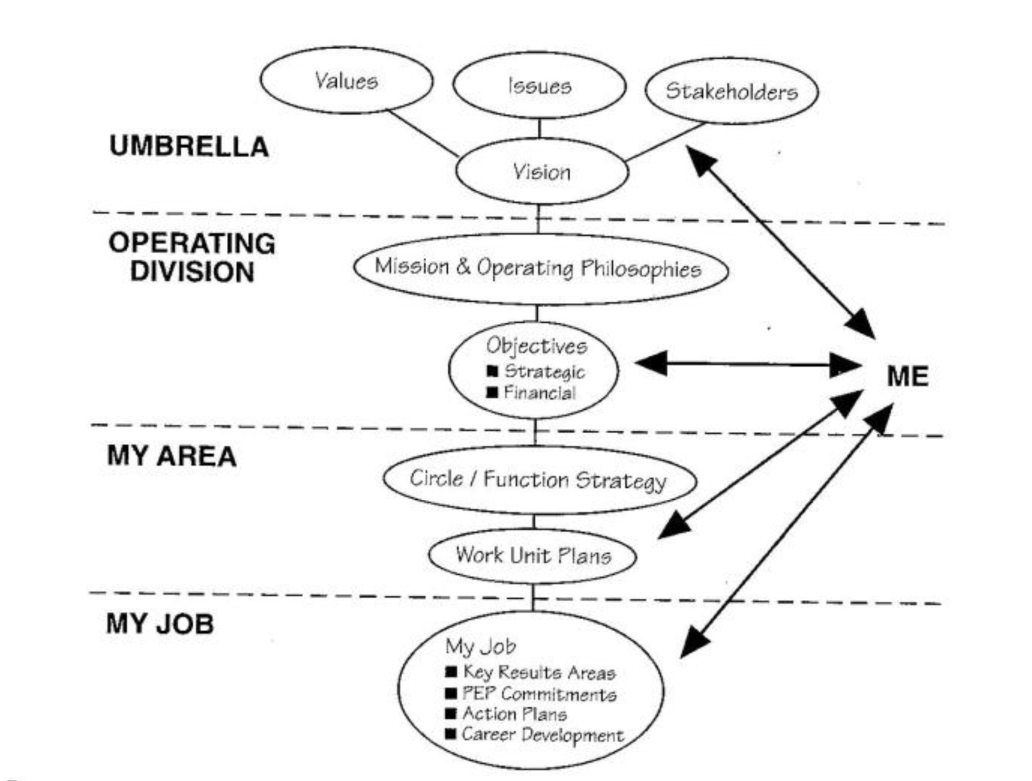Corporations today face many pressures to become “lean.” Unfortunately, most people also attach “mean” to lean, which can lead us to confuse leanness with “slash-and-burn” techniques that rob a company of future opportunities. I know one corporation, for example, that took a “slash-and-bum” approach several years ago, and now it can’t respond to an exploding market because it lacks the physical and human resources that were cast aside during bank- and stock-market-driven downsizing.
But if we are not going to define “leanness” in financial terms, how should we define it? I believe we need to expand our thinking to include the application of employee competency to achieve leanness. I strongly believe that people are a company’s only long-term competitive advantage. As such, we should view them as assets and resources to be developed, rather than as line-item expenses to be controlled. By taking this approach, we might discover value-added activities that would enable us to keep employees on the payroll even during tight times.
Business Process
Within Harley-Davidson’s motorcycle operations, we are trying to establish a business process that will accommodate such thinking. At the top of our business process diagram is an umbrella that sets the context for our work (see “Business Process: Setting the Context”). Under this umbrella, we identify the values, issues, and stakeholders that are the basis for our vision statement, which is to be “a leader of continuous improvement in the quality of mutually beneficial relationships with all of our stakeholders.” We measure our progress in achieving that vision against the following statement: “The key to our success is to balance stakeholder interests through empowered employees focused on value-added activities.”
These statements could be viewed as esoteric rhetoric. But we hope they will operate instead as a guiding light toward effective leanness. If we adopt this view, then we can start to utilize the workforce as a resource, creating an environment in which all employees seek to apply their competencies to value-added activities that can result in employment security.
In this context, “employment security” is dramatically different from conventionally stated job security. In employment security, the employee’s focus is on ensuring that the company survives, while job security centers on ensuring that he or she continues to do the same thing day in and day out. If all employees focus on creating employment security by providing value-added activities (in conjunction with others with complementary competencies), the result will be a lean organization. In addition, their work will generate additional resources to develop the company further, enabling the company to become more externally and future oriented.
The Role of Financial Measurement
Defining leanness in terms of value-added activities does not eliminate the need for financial measures. In order for the company to survive over the long term, it must be financially viable, and all of the employees must understand this. A primary measure of employee effectiveness is the company’s financial results. Those results come only when employees deliver value-added activities that are recognized as such by the customers. Therefore, if customers are not purchasing our products, it is up to all employees to seek ways to apply their competencies toward creating new products or services that will ensure the long-term financial viability of the company. If this strategy is not recognized and adopted by all employees, it is likely that leanness will have to be associated with meanness in the form of down-sizing efforts that have cost reduction as their only objective.
In order to survive, Harley-Davidson had to experience such a downsizing. In 1982, we reduced our workforce by 40%. It was not an easy decision, but we did it as humanely as possible—far more humanely than our bankers thought necessary. However, this approach put us in good stead with the people inside the company, because they knew that we were in crisis and they put forth the extra effort to help the company recover.
Business Process: Setting the Context
 At Harley-Davidson. Each person’s role fits into a larger context, which begins with the values, Issues. Vision, and stakeholders that guide the work that we do.
At Harley-Davidson. Each person’s role fits into a larger context, which begins with the values, Issues. Vision, and stakeholders that guide the work that we do.
While that result sounds great, I can’t help but speculate that if we had consciously worked on having all employees focus on value-added activities, the solutions to our problems could have been identified much earlier. By redefining our approach to leanness, we are hopefully putting ourselves on the right path to prevent a recurrence of that difficult experience.
Rich Teerlink is president and chief executive officer of Harley-Davidson. Inc.
Reprinted with permission from Collective Intelligence (Vol. 1 . No.1) May 1995. ©MIT Center for Organizational Learning. All rights reserved.
